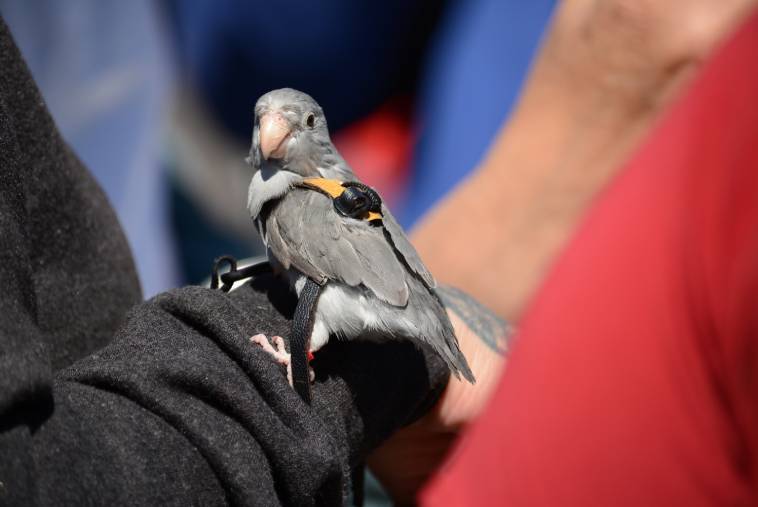
Parrotlet owners know that their birds are energetic little creatures that love to move around. You’ve probably seen your bird flitting around your living room and wondered if it would be a good idea to harness your parrotlet and take it outdoors.
But should you buy a bird harness and give your pet bird a change of scenery?
The short answer is yes, you can purchase a harness for a parrotlet and bring your bird outdoors. However, there are many factors to consider and steps you should take before doing so. Keep reading to learn about the types of available harnesses, precautions, potential problems, and pros and cons of taking a parrotlet out on a harness.
Types of Harnesses
If you think your bird would enjoy some outdoor time, there are a few options you can consider. The most important thing to keep in mind with any of these harnesses is size. You’ll need to make sure you buy the right size for your bird, otherwise, they will be uncomfortable or, even worse, they may slip out and escape. The most common types of bird harnesses include the following:
Proper Precautions
It’ll be tempting to take your parrotlet out right away once you have your harness, but there are precautions you need to take.
Potential Problems
The reason harnessing pet birds is somewhat controversial is there are risks associated with taking your bird outside. These include:
While you can’t prevent loud noises, significant practice and properly securing the leash and harness can lessen the likelihood of other problems occurring.
The other thing you’ll need to be careful of is damage to your bird’s body. If they get spooked while in their harness, they can pull at the leash and harm their skin and feathers.
Pros and Cons of a Parrotlet Harness
Now that you know the different types of harnesses available, the preparation necessary, and the associated risks, let’s summarize the pros and cons of a parrotlet harness:
Alternatives to Harnesses
If your parrotlet isn’t comfortable with a harness or you aren’t comfortable with the risk, there are carriers that you can purchase that allow you to securely take your bird outside. Look for one that is large enough for your bird, has sunlight openings, and is escape-proof.
 Final Thoughts
Final Thoughts
If you think your parrotlet would benefit from some outside time, you should speak with your veterinarian to get their opinion. Then, make sure you purchase a harness that is the right style and fit for your bird’s safety and comfort.
Spend plenty of safe, indoor time practicing so your bird is used to the harness. When you do get outside, monitor the situation carefully and remain cognizant of your parrotlet’s mood, bringing them in if they show any signs of stress.
Feature Image Credit by: Gabrielle Trouton, Shutterstock









